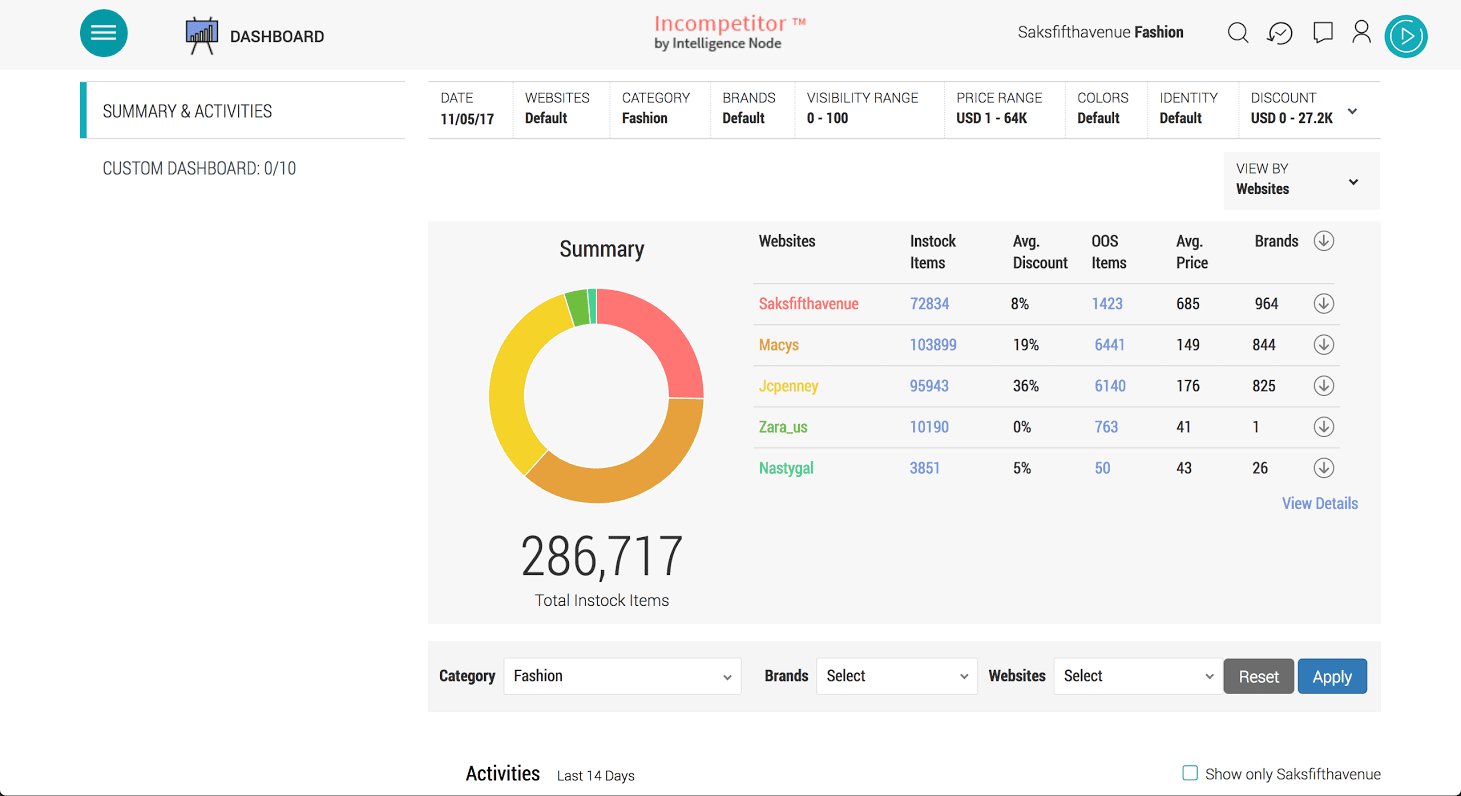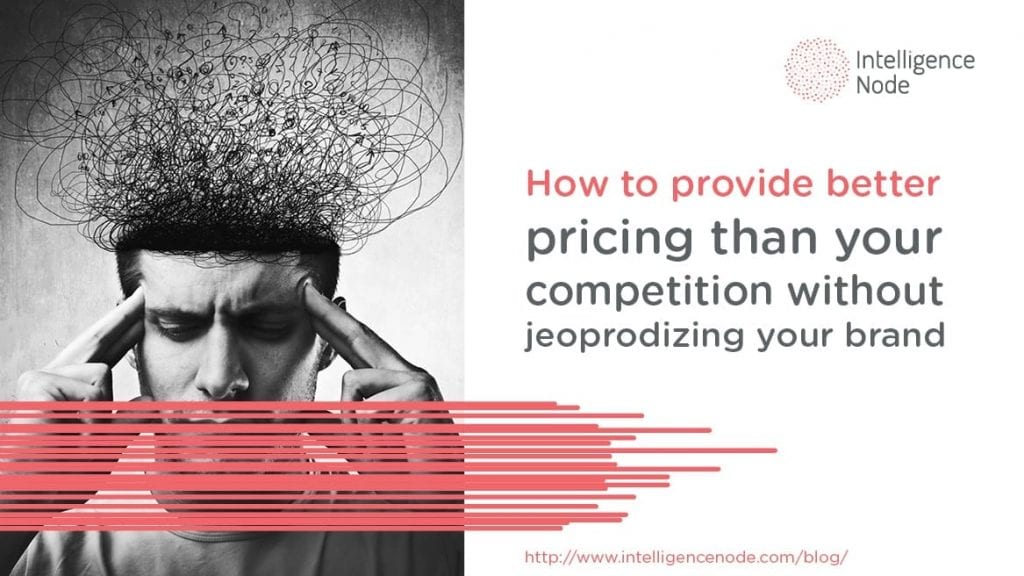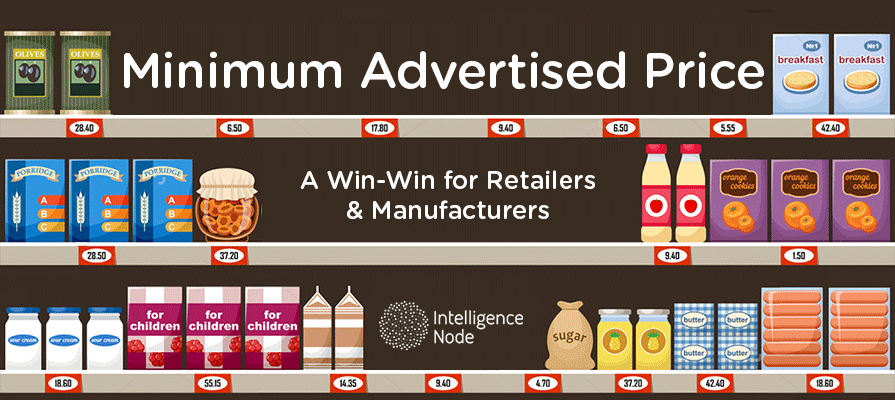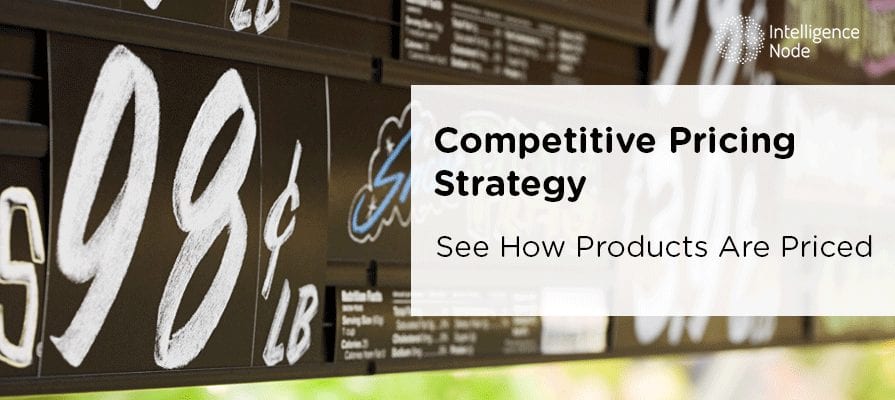Regardless of the industry, a business operates in, even if it’s relatively new or small, a careful research will reveal two or more competitors. Their existence immediately changes the playing field. In a concentrated effort to gain that one step ahead, businesses adopt numerous competitive strategies to increase their competitive advantage. That’s all fine and dandy, but how exactly do you cope with your competition? The most usual suspect in the case of intense competition is the price war.
This post will focus on all of the points of that endeavor, like what causes it, how to avoid it and how to set better prices without hurting your brand in the long run. All in favor of your business growing, say aye.
What can you do?
From a strategic point of view, the best way to come out on top of a price war is to never start it in the first place. If that doesn’t make sense at first, allow us to explain.
If or when your competitors opt to cut down prices in order to expand their customer pool, don’t resort to the same measure. Instead, approach the situation with a different, opposite way by differentiating your product to attain customer’s value of it. Here’s why.
Customer segregation
Essentially, every market is divided into three segments or classes of customers:
- upper class
- middle class
- lower class
Each class has different paying capabilities and perceptions. This is very important because battling through pricing with your competition is a race away from the finish line. Competing solely on pricing basis is an effective recipe for being at the very bottom of the competitive ladder. What you are doing is serving the lowest segment of the market by default when you lower your prices as a reaction to your competitor’s discounting move. We’ve talked before about the dangers of underpricing – it’s hard to pull off as there is very little room for profit margins.
The bottom line here is the more you lower your prices, the more appealing your offering becomes to the lower-class target market (the majority of the market) and less appealing to the middle and upper-class. If your ideal target market is the lower-class, that is perfectly fine and good luck to you, but allow us to ask you this – why settle for the overcrowded bottom of the market when there is plenty of room at the top?
Re-target your audience
In the eyes of the customers, the price is often an indication of quality and more often than not, the quality is perceived as lower when the price is lower. In case your costs don’t allow you to lower them in order to maintain satisfactory profitable levels with lower prices, then your best bet is to re-target your audience. This will position your goods to a wider appeal in a specific market segment.
This is when focus on comparative value comes into the picture. Creating perceived value can ease your customers into the higher price than your competition, and quite possibly convince them that your higher-priced offerings are worth it. Your business might choose to embrace a psychological approach in order to fulfill that notion.
Product differentiation
Let’s consider Dan Ariely’s example of the The Economist magazine’s subscription plans. Ariely, a behavioral economics expert and a highly successful author on the subject, notice that the magazine offered three subscription plans:
- the web subscription – $59.00
- the print subscription – $125.00
- both – $125.00
Ariely conducted a study with 100 students. 16 chose the web option and 84 of them chose the combo package. Nobody chose the middle option. At this point, you might have concluded that, as web + print subscription package costs the same, the middle option is useless. Ariely removed it and presented the two remaining options to a different batch of students, 100 again (who doesn’t love round numbers?). The results showed that the least popular option (the web subscription) became the most popular, with 68% students choosing it.
The narrative of the story is that the middle option was far from useless as it helped make a choice. In relation to our situation, customers have a hard time comparing different competitive products, which makes them highly susceptible to other influences. If the options are similarly priced, it becomes much easier to choose on perceived value.
Another way to get an advantage over your competition is to opt for competitive pricing. By taking into consideration what your competitors are charging for their products, you can either raise or lower your own prices in accordance with theirs. Naturally, you need to know when to adjust your pricing and how often to do it. Or, you can choose the dynamic pricing where a price is never firmly set. Instead, it changes constantly to suit the ever-fluctuating market conditions. There are various possibilities for your business to provide better pricing than your competition. However, only an in-depth evaluation of your business goals and your competition can reveal what price best works for your product.
How to know when and what?
It’s easy to say “price your goods smart” but what does that actually mean? Of course everybody wants to have a smart pricing that best reflects the customer’s willingness to pay in current market conditions. Nevertheless, it sounds and looks way harder that it is. There is a whole bunch of competitors vying for the same market share you are. With so many different products on display, it can be tough, almost impossible to stay ahead.
With the fairly recent expansion of big data analytics, you can make more accurate and faster price adjustments through pricing intelligence software. Through gathering and analyzing data about a particular customer or a group of them, a business can predict what price tag the customer deems acceptable to pay and adjust it accordingly. Our software tools like Incompetitor and Inoptimizer provide high levels of automation, saving you time and precious resources that can be better used elsewhere. In addition, because the market fluctuates all the time, you have the option to create customized pricing rules which adapt to certain market trends and shifts.

An example of Intelligence Node’s price intelligence software
Conclusion
If you ever find yourself thinking what are you going to do about the competition, remember that there are always choices. Providing better pricing requires a dedicated effort to finding that ultimate pricing sweet spot. It’s a constant process as markets never stay put in one place, which is why you need to constantly keep an eye on both your prices and competition. That means researching and researching means tons of data. Luckily for you, there are analytical tools that amass that data and turn them into actionable insights which can help you track your competitor’s prices and help you optimize yours so you are always on the right path – growing your business.





